Slow Cycling in South Africa
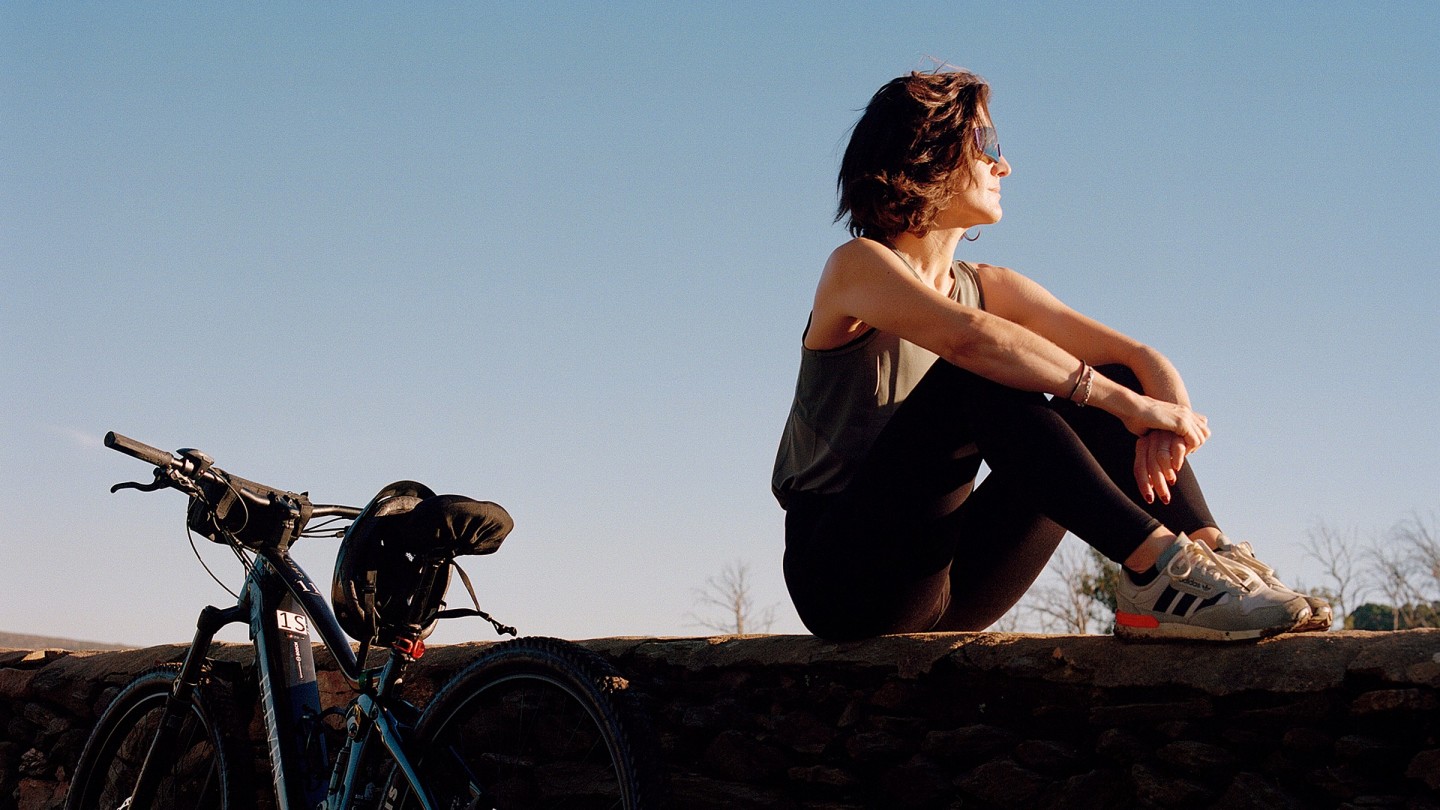
Roula Khalaf, Editor of the FT, selects her favourite stories in this weekly newsletter.
Inland of South Africa’s famed coastal Garden Route, away from the cars and whale-watching tours, there is a sense of time winding down. It pours over the Outeniqua mountains into the spreading valleys of the Klein Karoo, a palimpsest of crumpled hills and Afrikaans farmlands. History is emergent in every layer, from the San cave paintings decorating hidden outcrops to the Victorian engineering that conjured the Swartberg Mountain Pass, and the small towns founded by European settlers, whose ghosts are said to stalk the Boer graveyards.
It’s an area uniquely suited for discovery by bicycle, which is why The Slow Cyclist – a boutique tour operator created by Oli Broom in 2014 for which considered, conscious travel is a founding principle – is now operating here. Its ethos was inspired by Broom’s own trip from London to Brisbane to watch the 2010 Ashes; a slow cycle indeed, lasting 412 days, traversing 23 countries and coming in at 28,000km. Offering trips in Rwanda and Transylvania, Turkey and the Peloponnese, the company provides e-bike, slack-pack adventures high on charm and off-map experiences, and low on effort and injury.
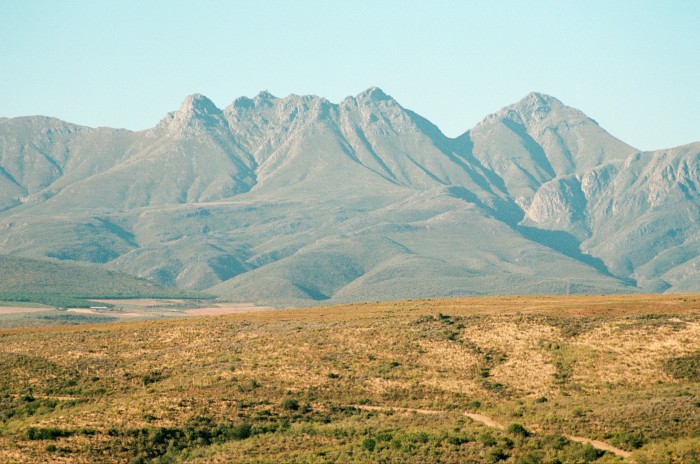

Broom describes The Slow Cyclist as “a means to travel responsibly, with a light footprint, while creating real connections to people and places. I always say our clients are curious travellers with a bit of juice in their legs; they’re not cyclists, but they like cycling. To see the world from the saddle of a bike is to break down a barrier – the car windscreen, in this case – between you and the people and places you pass.”
There’s no doubt that pedal power provides opportunites for deeper interactions. The feeling under the wheels as the uneven shale of a track smooths into red clay, or the hair-dryer-to-the-face experience of zooming through shimmering pockets of hot air that rise from the road like will-o’-the-wisps. By car, it would be easy to miss the cawing of a hadada ibis as it detonates into flight from the top of a eucalyptus tree, or the swish of an ostrich corps de ballet racing on tiptoe down the curve of a field.
The Slow Cyclist’s debut trip to South Africa’s Western Cape encompasses three distinct biomes: the sprawling desert of the Great Karoo, the semi-desert of the Klein Karoo and the temperate rainforests of Tsitsikamma National Park, the miles and route spiralling down to the Indian Ocean. It’s a journey of approximately 330km and a 4,500m climb – a startling ascent that is, in fact, barely noticeable (the bike’s internal motor makes short work of even the steepest incline).
The route has been rigorously planned to avoid all crowds and cars, and to incorporate plenty of surprises: a deliberate lack of information on the itinerary allows for the rare treat of not knowing everything in advance. Each stop is intentionally designed to foster further insight into the landscape – whether pizza at a biker pub whose ceiling is decorated in racing-car flags, tea at a sculptor’s studio or a stop in the Klein Karoo’s patchwork fields, where a lunch of chicken and mango salad and cold white wine has been set up on a veranda.
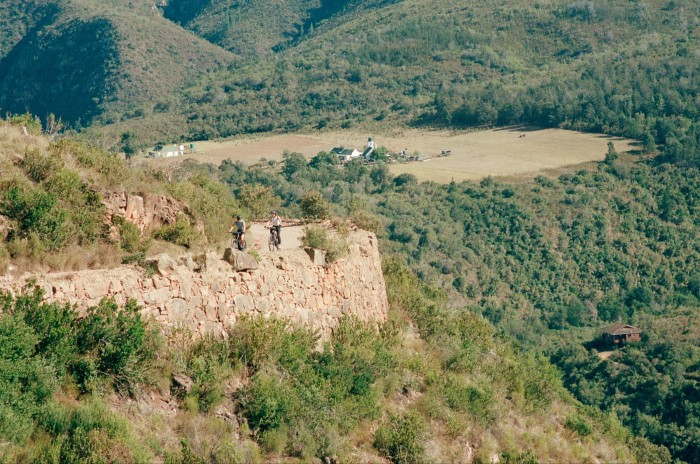

Accommodation is, similarly, equal parts charming and illuminating, ranging from a boutique vineyard where the noise of a whip crack shoos starlings from the Chardonnay grapes, to an off-grid cabin stay where horses wander the glades, drinking from the rainwater swimming pool and nosing around our breakfast table.
We are a group of nine, plus our indefatigable South African hosts, Jaco van der Westhuizen and Katja Ratcliffe, and guide, Hannah Basson (responsible, after a long day’s ride at the back of the peloton, for cleaning and charging the bikes). It’s a very jolly crew – almost all British and averaging late 50s to early 60s. There is a Fulham couple in their early 70s on their third Slow Cyclist jaunt; a pair of Yorkshire farmers; a racecourse chairman; and a Swiss financier couple outposted in Singapore. The group’s age range is a reflection of the democratic nature of ebiking, which creates a low barrier to entry; a basic level of fitness is useful but not, perhaps, essential (bags travel separately, further minimising effort).
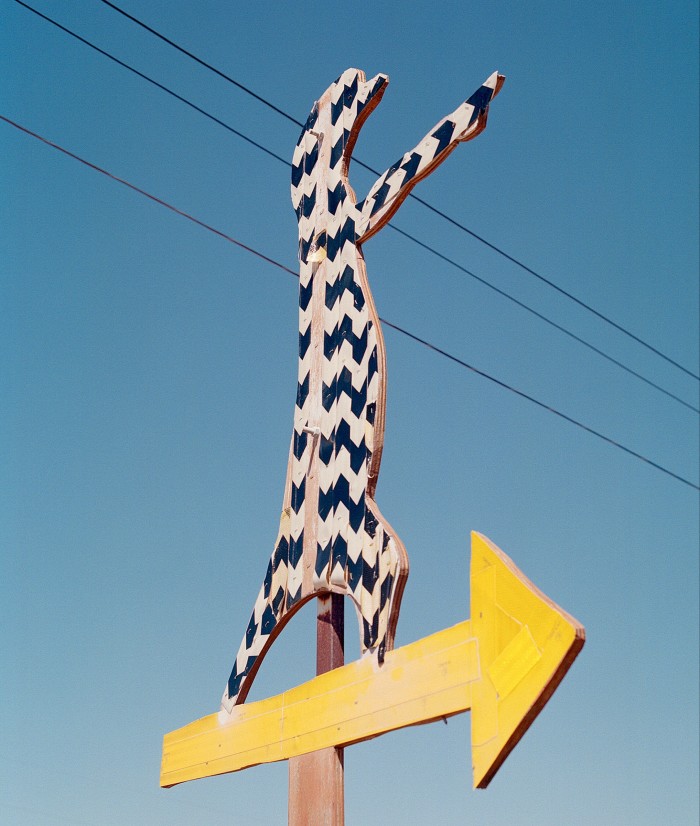

Frankly, it’s a relief not to hear a single mention of Strava. Slow Cyclists are as much defined by a love of exploration and down-to-earth attitude as by age; there are comparisons over lunch of trips made to Patagonia and the Antarctic. Says Sara Foyle, a sprightly 72-year-old: “This is for people who don’t want to take a cruise to Antigua or lie on a beach all day. We want adventure.” Later, she snatches the title of speed queen, hitting a fearless 54kmph while whizzing downhill one afternoon.
Our first day is spent climbing from Prince Albert – a colonial Karoo outpost with a handsome Cape Dutch church and a yearly jazz festival – up through the pleated hills of the Swartberg Pass. The road, which passes through a Unesco World Heritage Site, is the work of engineer Thomas Bain, who in 1888 created a route through an area of mountains previously deemed impassable.
The vistas are monumental: a cardiogram line of hills foregrounds the desert plateau stretching to the horizon. It makes for a punchy initiation: a steep 1,000m climb that I stupidly decide (or, to be clear, my ego decides) to do on the lowest “Eco” setting. The bike weighs nearly 30kg; as I slow to a crawl, my legs circling crazily in the lowest gear, one of our peloton sails past me, trilling “Turbo!” – the name of the bike’s highest setting.
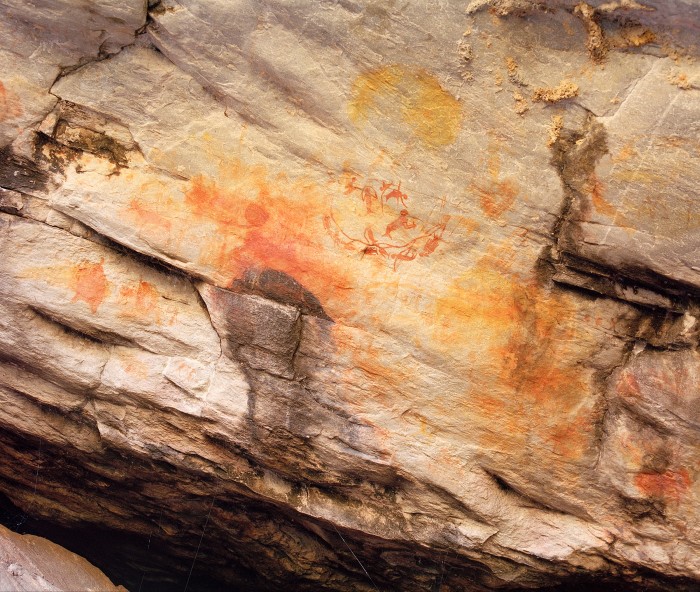

We ride out into gin-clear mornings, spinning down green valleys, past explosions of bougainvillea from cottage gardens, stands of willows marking the seam of a river. We dawdle to watch a water mongoose swimming across a dam. Children yell encouragement as we pedal past: “Hold, legs, hold!” From fields where blue cranes stalk the turned earth there rises the distant thunder of a tractor. When asked what’s farmed in the famously impenetrable Karoo soil, our guide, Katja, deadpans: “Rocks.”
“We’ve had drought here for seven years. Half the farms went bankrupt,” says Laura Schoeman, the owner of Berluda ostrich farm. The trade in ostrich feathers predates the arrival, in the late 1800s, of enterprising Lithuanians to Oudtshoorn – the so-called “feather barons” who made their wealth selling plumes to European hatmakers. By the turn of the 20th century, 1kg of white wingtip feathers fetched more than 1kg of gold. Now Berluda’s main customers are in Brazil, where the plumes are used for carnival costumes. Ostrich leather has become another source of profit: “The processing is very specialised,” says Schoeman. “Hermès, Louis Vuitton, they only want flawless skins with no marks. We do it all here.” The birds blink in curious disapproval as we cycle away.
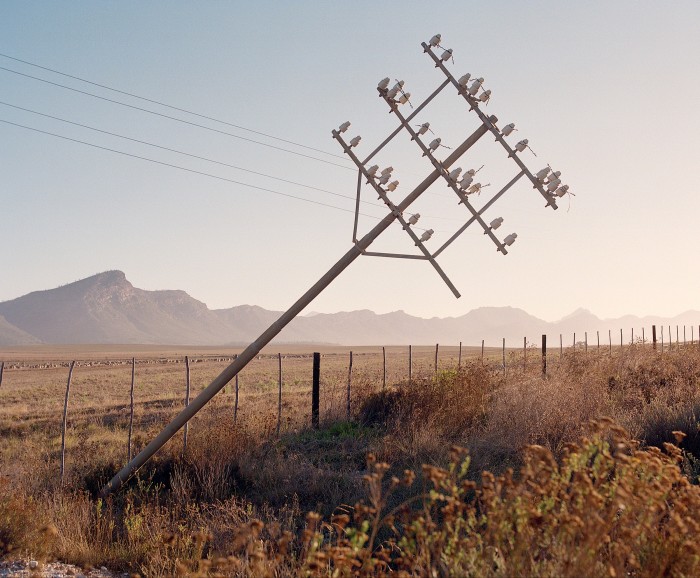

We follow corrugated tracks upwards, through green hills felted in fynbos. The sun begins to sink, leaving shining streamers suspended over the Langkloof valley. We drop down to Louvain, a 50,000-hectare farm first settled in 1780 by colonists who followed the San people over the mountains. Owner Morne Jonker, charming in board shorts, grills ostrich steaks on the braai for supper. (Louvain’s ostrich leather, he tells me, goes to Prada.) “South Africans don’t mind hard work,” he says, understating the agricultural challenges of an environment beset by drought and wildfire. The next morning, Morne’s equally charming son, Douglas, leads us through the heat to a cave beside a spring where he swam as a boy. “But I never knew these were here,” he says, pointing to the cave’s wall, decorated with illustrations of giraffes and eland, painted by San people hundreds of years ago. In one bewitching image, a group of mermaids appear to stir the depths of the nearby spring.
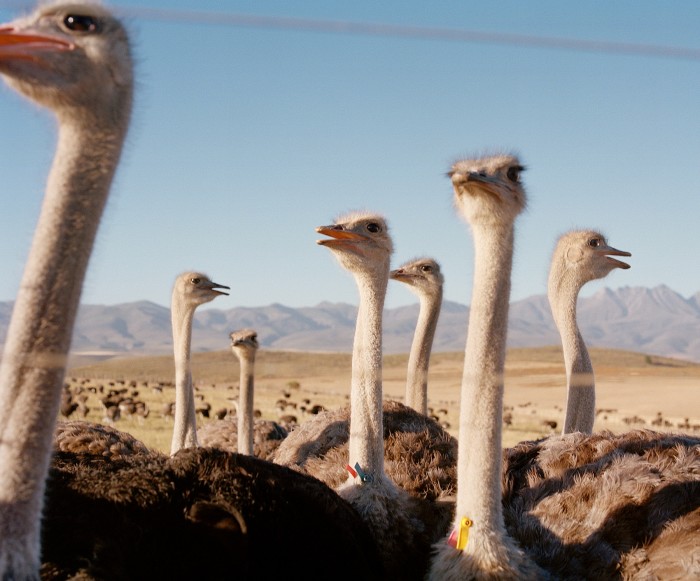
As the miles accumulate, so do the stories: of who lives here, and how, and where. We move out of the farmlands and down into temperate rainforest; dinner discussions turn to politics – to the long shadow cast by apartheid and colonial rule, to farm ownership and the complex question of expropriation. The conversations speak to the unique perspective that comes from a slow-speed, eyeball-level observation of a place.
We pedal through a fine net of rain to reach the Knysna forests, where, at a tin-roofed tea house, an extravagantly bearded guide named Hardy Loubser recounts stories of yet more hard lives grafted into this wilderness, including 19th-century woodcutters who were born and died without ever leaving their arboreal residence. Today a solitary elephant still hides in this vast national park, the last living remnant of the herds that used to wander the Klein Karoo freely before it was carved into settlements. “All she knows is being alone,” says Hardy. “She’s lonely but doesn’t know she’s lonely.”
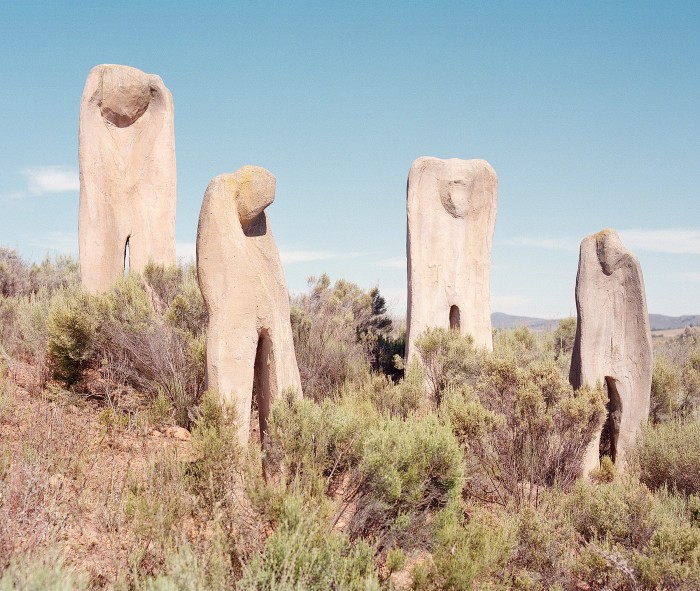

At the coast at Sedgefield, where the flat silk of the Indian Ocean spreads out beyond the dunes, we say goodbye to the bicycles. It is strange and bittersweet; the notion of getting into a car seems vaguely alien. “Travelling this way does something to the body and mind,” says Broom; it’s a thinking experience as much as a physical activity – “an antidote to mindlessness”. Importantly, it’s also great fun, an adventure as much about group dynamics as anything else – the jokes, the team spirit, the meeting as strangers and leaving as friends, the many glasses of delicious South African wines. A trip that proves the theory: the most memorable journeys are those shared.
Charlotte Sinclair travelled as a guest of The Slow Cyclist, which offers a seven-night journey through the Western Cape from £3,945 per person, including support vehicle and luggage transfers, host and English-speaking guides, accommodation, meals, snacks and drinks, all activities, e-bike and helmet hire; theslowcyclist.com
Comments